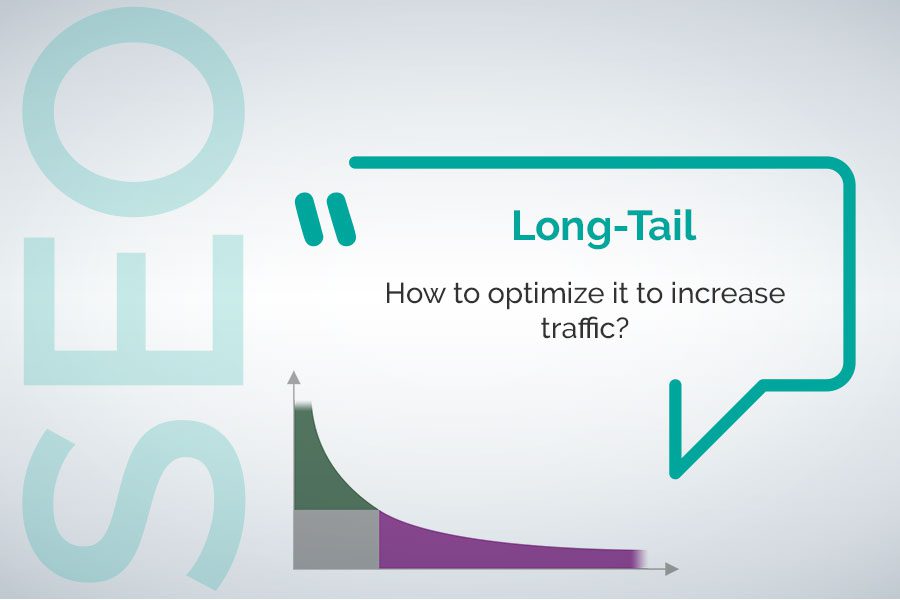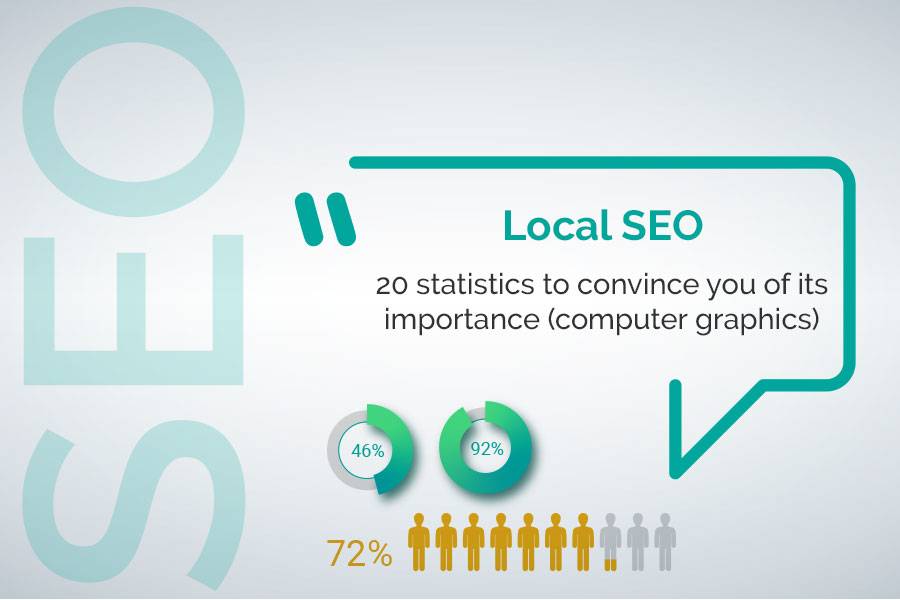
Local SEO: How to optimize your Google My Business listing.
February 26, 2020
Long tail: How to optimize it to increase traffic?
April 7, 2020

The internal mesh is the process of linking together the pages of a single site, it is often presented as one of the fundamental elements of SEO, which is both totally accurate and at the same time very reductive, because as we will see the internal mesh is a lever that can increase the performance of a website at several levels.
Definition of the Internal Mesh.
An internal link is a hypertext link that connects two pages of the same site. The internal mesh, also called internal architecture (or internal linking and link building), is the set of these links at the scale of a site. It should not be confused with netlinking or external links, which are links to other sites.
There are 2 types of internal links, both equally important:
Contextual Links.
Contextual links are links present within the text of a page and which refer to another page of the site . They can take the form of a hypertext link on one or more words of the page text or a Call to Action.
By pointing to other pages of the site, they allow search engine robots and visitors to navigate on all the pages of the site.
When they are judiciously placed and point to pages with themes close or complementary to that of the page that issues them, contextual links allow, on the one hand, visitors to stay longer on a site and to progress through the sales tunnel, and on the other hand, search engine robots to explore more pages and have a better overall understanding of the site.
Structural Links.
These links are generally located on all pages of your site. Structural links are links outside the text of a page, they are located for example in the menu, the breadcrumb trail or the footer of the site, they are part of the page structure.
What is the usefulness of the Internal Mesh?
Whether your website is a showcase site, a blog or an e-commerce site, its internal architecture must allow both visitors and search engine robots to easily access all the pages of your site.
It is a key factor of referencing.
The causal links between internal meshing and referencing can be analyzed at three different but complementary levels.
1 – Internal links allow to navigate on the whole site.
By linking the pages of a site together, the internal mesh allows Google’s Robot Crawler to browse and index all the pages of a site.
Without internal mesh a good part of the pages of a site would be zombie or orphan pages that are by definition poorly referenced, which receive little traffic and which penalize the overall positioning of a site in the SERP (Search Engine Result Page).
2 – The internal mesh hierarchizes the pages of a site.
The architecture of a website is generally structured in a pyramid shape, which allows visitors to navigate more easily and crawler robots to discover and rank the pages of the site between them.
This hierarchization allows to reinforce the popularity and the relative weight of the pages’ pillars of a site. Reinforcing the popularity of these pages – which are generally those that generate the most traffic or turnover – improves their positioning in the results of the engines. The popularity of each page is defined by Google using a page rank. This page rank, which is calculated according to the number and quality of internal and external links that point to each page of a site, prioritizes them and determines their position in the engine results.
3 – The internal links circulate the link juice.
The pyramidal architecture of a site also has the function, by linking a popular page to a page that is less popular, to transfer part of the SEO juice from the first to the second.
The concept of link juice or SEO juice can be summarized as follows: it is the volume of “page rank” (therefore authority and popularity) that a page can itself transmit by linking to other pages of the same site.
Each page thus has a certain amount of link juice that it can transmit to other pages. The link juice can flow from the most popular pages to other pages of the site, but it also works the other way around to optimize the popularity of the anchor pages of a site.
The higher a page is considered by Google to be of high quality, the more link juice it can transmit. Since the strength of the link juice is spread equally over the number of pages to which it is sent, the fewer outbound links there are, the more effective it will be.
It improves the user experience.
The consequences of a pleasant navigability can be summarized by the following three points:
- Improving performance indicators such as: time spent on a page, number of page views per visitor, percentage of recurring visitors or bounce rate. These indicators are scrutinized by Google, they are used to measure the relevance and authority of a site and therefore to adjust the positioning of its pages;
- Allow all pages to be easily accessible and give visibility to pages with older content;
- Contribute to establish the expertise of a website in its field of activity (on the condition of having pages with rich content or a corporate blog on its site).
It guides users through the purchasing process.
Like a rocket ship, the internal network is made up of several stages and the last one, the one that must finalize the mission and ensure its success, is – as a rule – to generate leads or turnover. That is why internal networking should also be seen as a means to:
- Controlling the path of Internet users on the site;
- Direct visitors to related pages to interest them in the services or products offered on the site;
- Favor the transformation channels: purchase, contact request, request for quotation, phone call, subscription to a newsletter …
Conclusion.
Internal networking is one of the most important elements of SEO and we have seen its role extends beyond SEO. When you are about to develop the logic of the mesh of your site, you will have to adopt a reasoning focused on the interest of the user, as for everything related to SEO (on page). If your meshing improves the user experience, then the SEO results will naturally follow.


